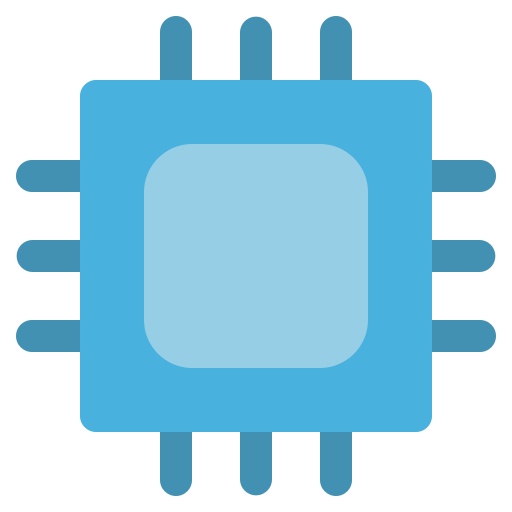

The router provided with our internet contract doesn’t allow you to run your own firmware, so we don’t have anything so flexible as what OpenWRT would provide.
Short answer; in order to Pi-hole all of the advertising servers that we’d be connecting to otherwise. Our mobile phones don’t normally allow us to choose a DNS server, but they will use the network-provided one, so it sorts things out for the whole house in one go.
Long, UK answer: because our internet is being messed with by the government at the moment, and I’d prefer to be confident that the DNS look-ups we receive haven’t been altered. That doesn’t fix everything - it’s a VPN job - but little steps.
The DHCP server provided with the router is so very slow in comparison to running our own locally, as well. Websites we use often are cached, but connecting to something new takes several seconds. Nothing as infuriating as slow internet.




Sorry, putting the two things together, my mistake. My router doesn’t let you specify the DNS server directly, but it does allow you to specify a different DHCP server, which can then hand out new IPs with a different DNS server specified, as you say. Bit of a house of cards. DHCP server in order to be the DNS server too.